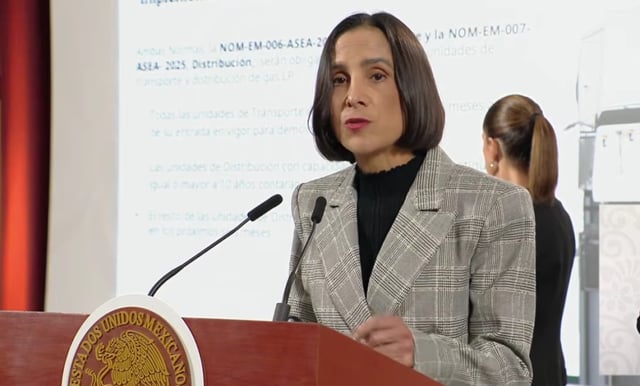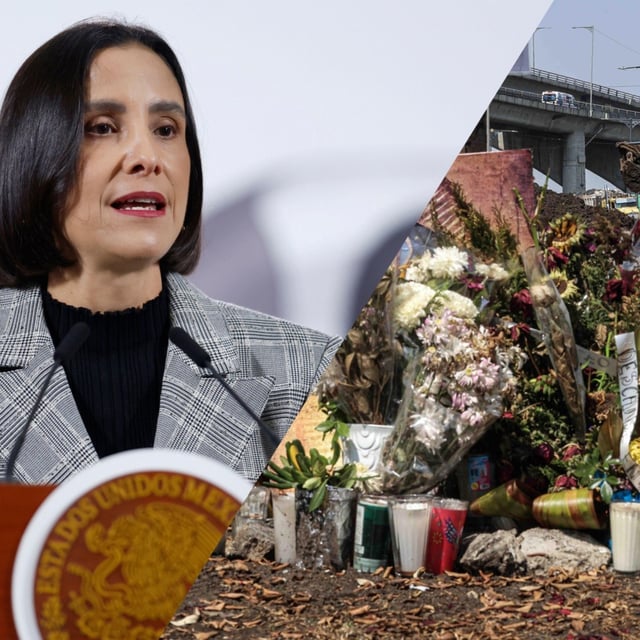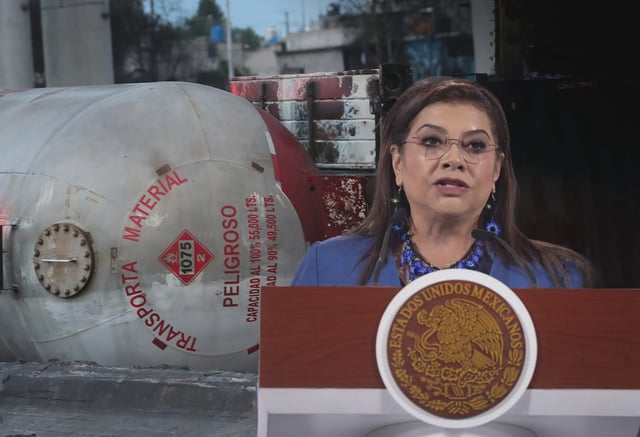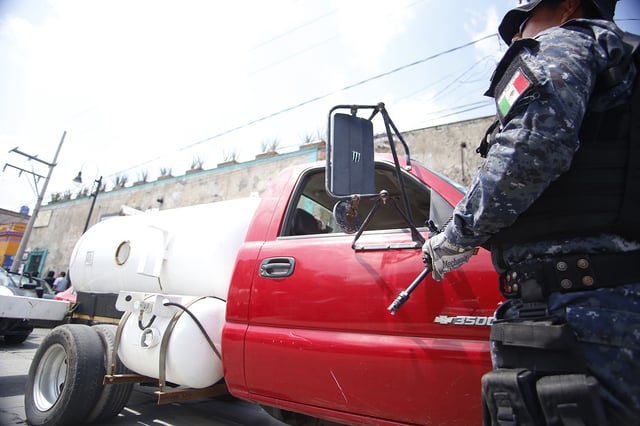Overview
- The federal government announced two emergency standards, NOM-EM-006-ASEA-2025 for transport and NOM-EM-007-ASEA-2025 for distribution, to be published Oct. 3 and applied nationwide as complements to NOM-007-SESH-2010.
- Companies must present certified maintenance reports to ASEA, conduct internal visual inspections and periodic hydrostatic pressure tests, and certify operators with approved theoretical and practical training.
- All units will require speed governors and GPS tracking with live oversight from a national monitoring center at the Energy Ministry, with coordinated inspections by Sener, ASEA, CNE and SICT.
- Compliance windows are four months for transport fleets, four months for distribution units over 5,000 liters that are at least 10 years old, and six months for remaining distribution vehicles.
- Mexico City separately unveiled local transit controls including a 30 km/h limit for hazardous cargos, restricted routes and hours, mobile radars at five highway access points, and doubled fines, as prosecutors attribute the Iztapalapa disaster to excessive speed and some operators warn of corruption risks.



